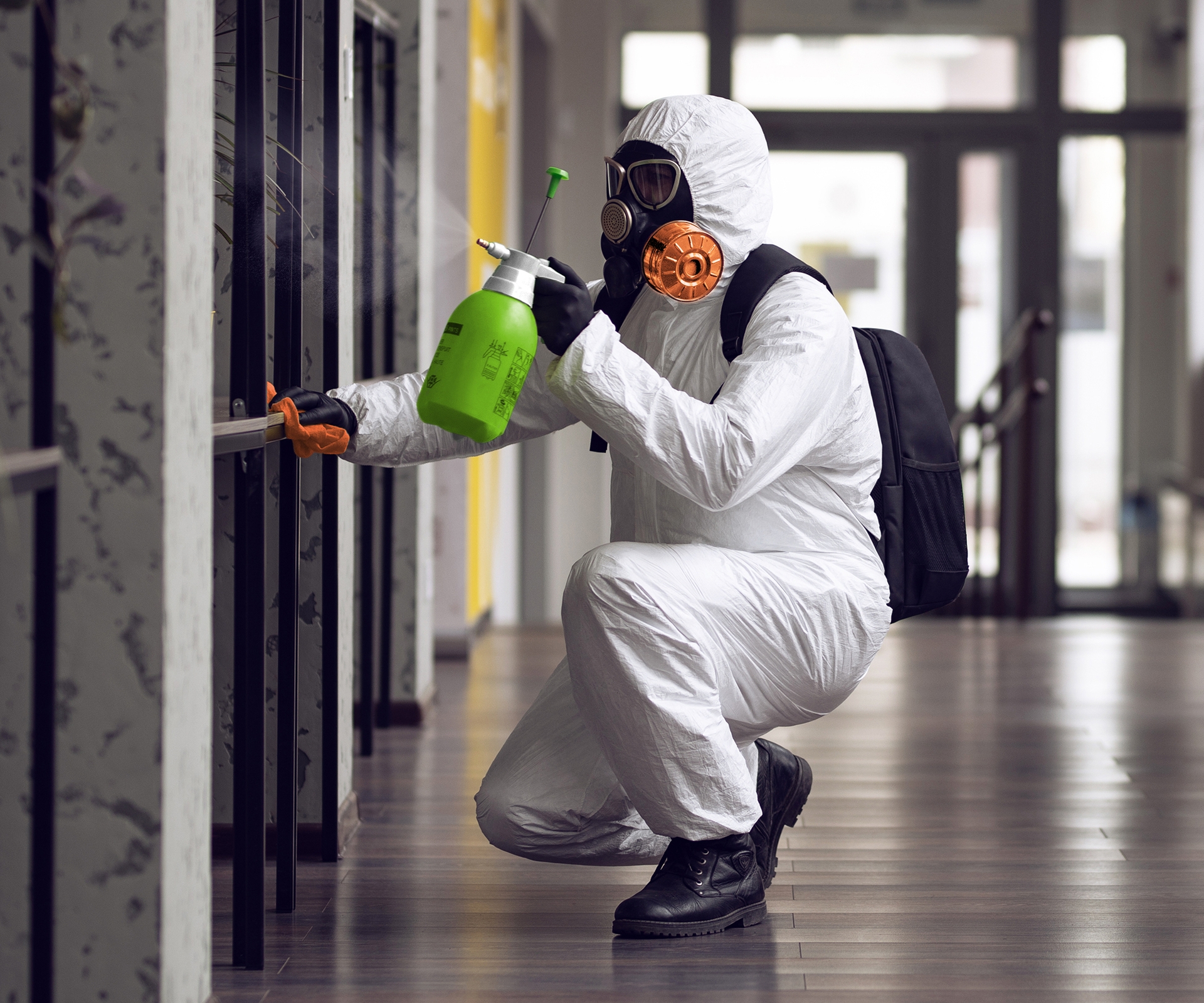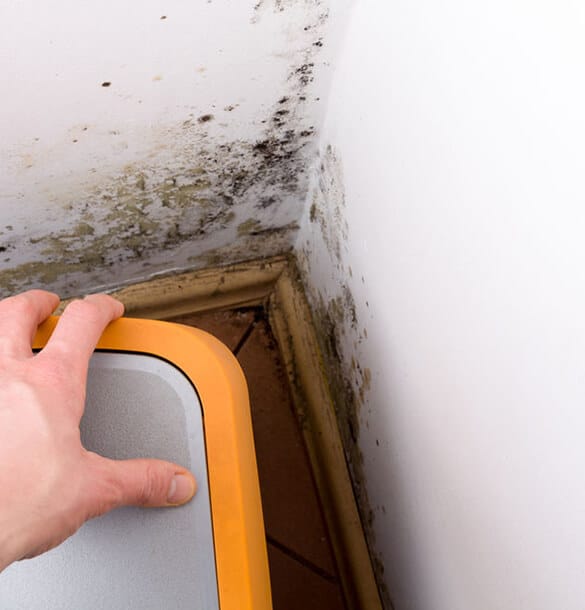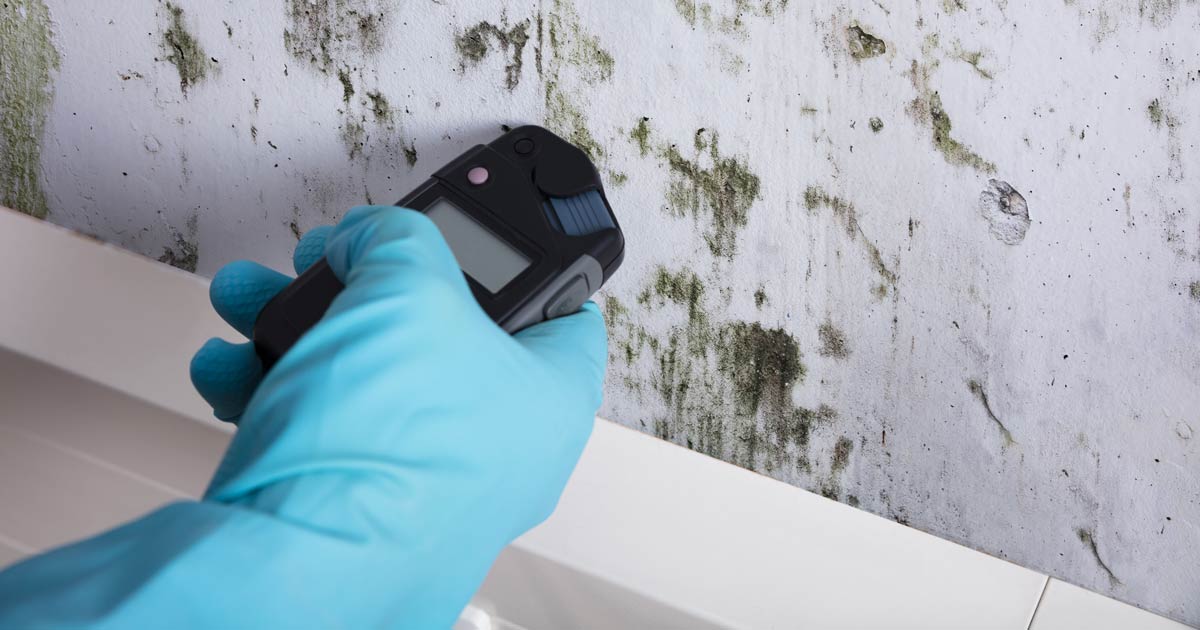Support on What to Do After Mold Remediation
Support on What to Do After Mold Remediation
Blog Article
Your Ultimate Guide to Article Mold And Mildew Remediation Techniques
Navigating the world of post-mold remediation strategies is a meticulous process that demands attention to detail and a detailed understanding of the ins and outs involved. In the results of mold and mildew invasion, recognizing just how to successfully eliminate the mold and stop its reoccurrence is paramount for keeping a healthy and balanced interior environment. From picking the best cleaning and sanitizing methods to executing approaches for long-term mold and mildew prevention, each action in the remediation trip plays an important function in making sure an effective end result. As we get started on this expedition of post-mold removal methods, we will certainly uncover the key methods and finest methods that can aid you recover your space to its pre-mold problem and safeguard it against future mold dangers.
Understanding Post-Mold Removal Process
After finishing the mold and mildew removal process, it is essential to comprehend the post-mold remediation strategies that are essential to make certain a thorough and efficient cleanup. Once the mold has been removed, the next action involves cleansing and disinfecting the affected locations to protect against any regrowth of mold and mildew. This includes using specialized cleaning up agents to wipe down surface areas and eliminate any remaining mold spores. It is necessary to dry out the location completely to prevent the development of mold and mildew in the future (Post Remediation verification). Appropriate ventilation and dehumidification can help in this process.
Furthermore, conducting a final examination post-remediation is crucial to guarantee that all mold has been successfully eradicated. If the inspection discloses any kind of sticking around mold and mildew, added removal may be necessary.
Reliable Cleaning and Disinfecting Techniques

Avoiding Future Mold Growth

Value of Correct Ventilation
Correct ventilation plays a vital duty in avoiding wetness build-up, a vital consider mold development within interior settings. Efficient air flow systems aid remove excess moisture from the air, decreasing the opportunities of mold spores locating the dampness they need to germinate and spread out. Without ample air flow, interior areas can come to be a breeding ground for mold, leading to potential health and wellness dangers and architectural damage.
By ensuring correct air flow, ventilation systems can additionally help in drying moist locations faster after water damages or flooding events, better hindering mold development. Post remediation mold testing near me. Full Report In spaces like washrooms, attics, kitchens, and cellars where moisture degrees often tend to be greater, setting up and keeping efficient ventilation systems is vital in preventing mold problems

Monitoring and Maintenance Tips
Provided the important duty that correct air flow plays in avoiding mold and mildew growth, it is imperative to develop effective monitoring and maintenance ideas to guarantee the continued capability of air flow systems. Routine assessments of air flow systems need to be conducted to examine for any type of signs of obstructions, leaks, or malfunctions that could hamper correct air flow. Monitoring humidity degrees within the property is additionally essential, as high moisture can add to mold and mildew development. Mounting a hygrometer can aid track moisture degrees and sharp property owners to any type of spikes that may call for attention. In addition, making sure that air filters are on a regular basis cleaned or replaced is important for maintaining the effectiveness of the air flow system. Carrying out a timetable for regular upkeep tasks, such as duct cleansing and cooling and heating system inspections, can aid prevent concerns before they intensify. By remaining aggressive and conscientious to the problem of ventilation systems, property proprietors can properly minimize the threat of mold and mildew regrowth and Home Page maintain a healthy indoor atmosphere.
Conclusion
Finally, post-mold remediation strategies are vital for ensuring a risk-free and tidy environment. Recognizing the process, executing effective cleaning and disinfecting methods, stopping future mold and mildew development, preserving appropriate ventilation, and regular monitoring are all important actions in the remediation procedure. By following these standards, you can efficiently get rid of mold and stop its return, functioning or promoting a healthy living area for all passengers.
In mold removal paint the consequences of mold and mildew invasion, recognizing how to properly get rid of the mold and mildew and stop its reoccurrence is paramount for preserving a healthy interior atmosphere. Once the mold has actually been removed, the next step involves cleansing and decontaminating the impacted areas to prevent any regrowth of mold and mildew - After mold remediation. After getting rid of visible mold development, it is important to cleanse all surfaces in the damaged area to get rid of any kind of continuing to be mold spores. To further improve mold avoidance steps, it is important to resolve underlying problems that at first led to mold development.Given the important role that proper air flow plays in protecting against mold development, it is essential to establish reliable monitoring and upkeep suggestions to make certain the ongoing performance of ventilation systems
Report this page